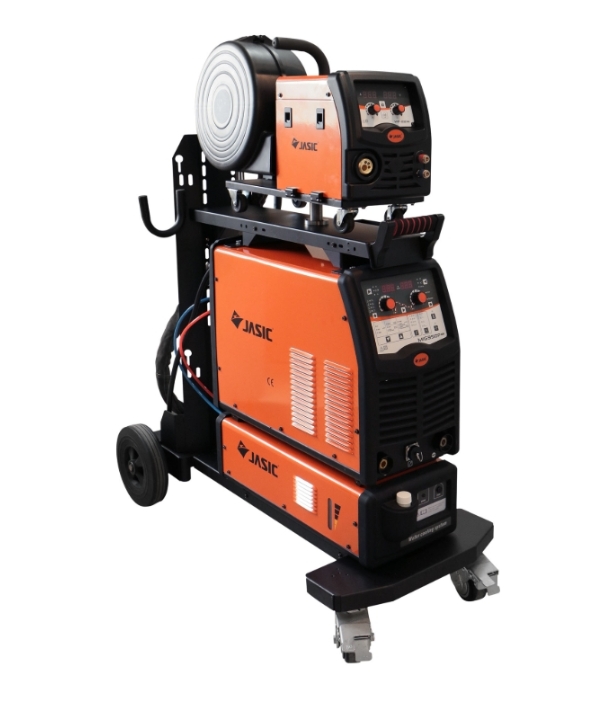In a groundbreaking mission that marries cutting-edge technology with oceanic exploration, two Saildrone Voyager uncrewed surface vehicles (USVs) have successfully mapped 1,500 square nautical miles of the Gulf of Maine's seafloor, venturing into areas never before surveyed in high resolution. This remarkable achievement not only pushes the boundaries of autonomous marine technology but also promises to unlock crucial insights into one of North America's most ecologically and economically significant marine environments.
The Gulf of Maine, bordered by the coastlines of Massachusetts, New Hampshire, and Maine, as well as the Canadian provinces of New Brunswick and Nova Scotia, is a vibrant aquatic ecosystem teeming with life. Home to diverse and economically vital fisheries, including Atlantic cod, herring, lobster, and scallops, the gulf also harbors unique underwater habitats such as kelp forests, eelgrass beds, and deep-sea coral. These ecosystems serve as critical shelters and breeding grounds for a myriad of marine species.
Despite its importance, much of the Gulf of Maine's seafloor has remained a mystery, particularly in its deeper waters. The complex topography of sea basins, shallow banks, and steep slopes has long challenged traditional mapping efforts. Enter Saildrone Inc., an Alameda, California-based company at the forefront of autonomous marine technology. Their mission: to cost-effectively gather data for science, fisheries, weather forecasting, and more, using wind and solar-powered USVs that provide real-time insights into both surface and subsurface oceanic activity.
The recent expedition focused primarily on the Jordan and Georges Basins, plumbing depths of up to 300 meters (984.2 feet). The data collected by the Saildrone Voyagers unveiled a complex underwater landscape, reflecting the gulf's glacial history and dynamic oceanographic processes. This mission is part of a larger initiative to map the United States Exclusive Economic Zone (EEZ), an area larger than all 50 states combined, of which a staggering 48% remains unmapped and unexplored.
Heather Coleman, a researcher in the Deep Sea Coral Research and Technology Program under the NOAA Fisheries Office of Habitat Conservation, emphasized the significance of this mapping effort: "The Saildrone Voyagers are filling in a substantial gap in seafloor data in the Gulf of Maine. NOAA and partners are very interested in better understanding habitats in the region that may support fish production. These high-resolution seafloor maps will inform future surveying and modeling efforts, as well as aid in the New England Fishery Management Council's (NEFMC) fishery management decisions."
The Saildrone Voyager, a 10-meter (33-foot) USV, is specifically designed for near-shore ocean and lakebed mapping. Equipped with a suite of science sensors, mapping echo sounders, and advanced navigation and communications equipment, it can conduct long-duration, International Hydrographic Organization (IHO)-compliant multibeam mapping surveys and ocean data collection. While primarily reliant on wind and solar power, the Voyager also features a high-efficiency electric motor for enhanced speed and maneuverability in light winds.
Brian Connon, vice president of ocean mapping at Saildrone, hailed the mission as a milestone in autonomous maritime exploration: "This is the first successful demonstration of Saildrone Voyager mapping capabilities, pushing the envelope of what is possible using autonomous systems for shallow to mid-depth EEZ mapping. Its state-of-the-art Norbit multibeam echo sounder, combined with near-silent operations and classification from the American Bureau of Shipping, make Saildrone's Voyager the USV of choice for near-shore mapping."
The implications of this successful mapping expedition extend far beyond mere cartography. The multibeam and backscatter data collected will inform new species-distribution models, a feat previously impossible due to the lack of high-resolution seafloor information. These new maps will also play a crucial role in updating nautical charts and aiding navigation, filling critical gaps in bathymetric coverage.
Moreover, the data gathered by the Saildrone Voyagers could prove instrumental in guiding the search for deep-sea coral, which serves as a vital habitat for important fisheries. As the push for renewable energy grows, this detailed mapping data could also support the development of offshore wind energy projects in the region.
Since its inception in 2015, Saildrone has been at the forefront of autonomous data collection missions for ocean research, seafloor mapping, and maritime security. With a fleet of over 140 USVs across three classes - Explorer, Voyager, and Surveyor - the company has amassed an impressive track record of more than 42,000 days at sea, covering over 1.3 million nautical miles from the High North to the Southern Ocean.
As we stand on the brink of a new era in oceanic exploration and understanding, missions like this Gulf of Maine mapping project highlight the immense potential of autonomous technology in unraveling the mysteries of our planet's final frontier. By combining cutting-edge robotics with environmental science, we are not only charting unknown waters but also paving the way for more informed, sustainable management of our precious marine resources. The success of the Saildrone Voyagers in the Gulf of Maine serves as a beacon, illuminating the path toward a future where our oceans are no longer vast unknowns, but comprehensively understood and responsibly managed ecosystems.














